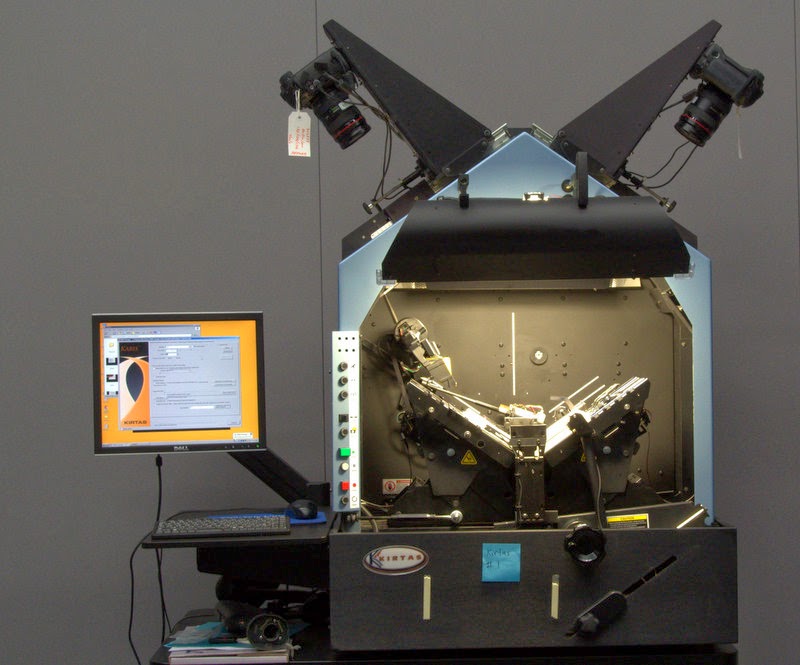 |
| The wonderful dinosaur mural at the Yale Peabody Museum of Natural History |
My day job isn't that of being a photographer, although I do use photography in various forms to accomplish various tasks. I am the Insect Division Collection Manager at the University of Michigan Museum of Zoology in Ann Arbor, MI. Besides the 3.5 million specimens, we have various ancillary items such as photographs, transparencies, maps, journals, field notebooks, and other analog recordings that are part of the collection. Last week I attended a workshop at Yale, under the iDigBio program. The workshop, "
Digitization of Source Materials" was intended to share information and provide a set of documents relating to the why and how we digitize (making non-digital items available digitally) our archives and non-specimen objects in our collections. It is a different sort of protocols, as we want to be consistent in our workflows and end-products and the way we want people to access them.
 |
| 1920s Photographic tools at Machu Pichu. (YPMNH) |
Consider a photograph. You can digitize it by placing it on a flatbed scanner (easy) or by photographing it with a digital camera (usually more cumbersome). Once you have it scanned, you need to add metadata that describes the image, catalog it so that the object is unique, and make it accessible via whatever software is used. Think of uploading a photo to Flickr and not labeling or tagging it. It would be hard to find again. Same thing for digital archives of any sort. Now multiply that by potentially many thousands of items in a collection, with different origins (bound notebooks, photos, etc.,) and you can see why some standards and protocols need to be addressed.
 |
| Various source materials at the Yale Peabody Museum |
While at
Yale, I was delighted to be able to see their digital imaging labs that are used by the museums there. Imagine a large room with walls at 18% gray, a catwalk, and all the tables and lighting one may need to get the job done -- I was prcatically drooling. Then, they showed us a machine with 2 cameras that allows them to photograph up to 1600 pages per hour -- automatically.
Very, very cool.
 |
| Book digitization at 1600 pages per hour. |
Photography amounts to making an image on some recording surface, and whether it is film or a sensor is unimportant in terms of the technique in getting the object photographed. The post-image work is certainly quite different, though. It is the ability to do so many amazing things with digital images that makes the museum work so important. We can share our resources with the rest of the world, and in doing so, we are making research on so many things much richer in content.
It was great seeing the wonderful work space at the Yale digital imaging studios. Any photographer that shoots in a studio setting would love that space!
 |
| My dream studio at Yale |
It was also good to see a university where scholarship is valued over athletics, substance over hype. Okay, so you say it's Ivy league, not the Big "Ten". The Big can't even count right.
 |
| Yes, that is a digital Hasselblad on the vacuum-base copy stand! |
 |
| The Reflectance Transformation Imaging station. |








No comments:
Post a Comment